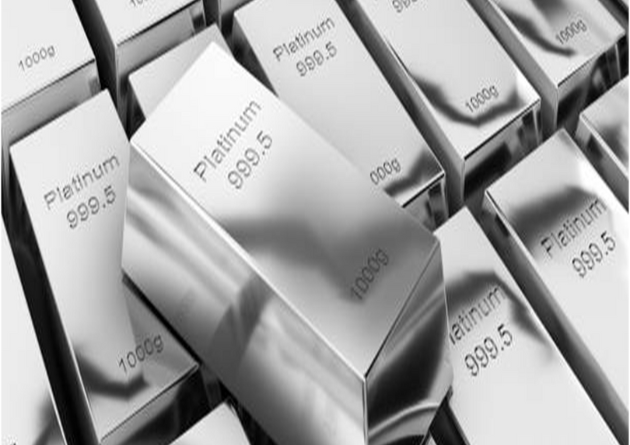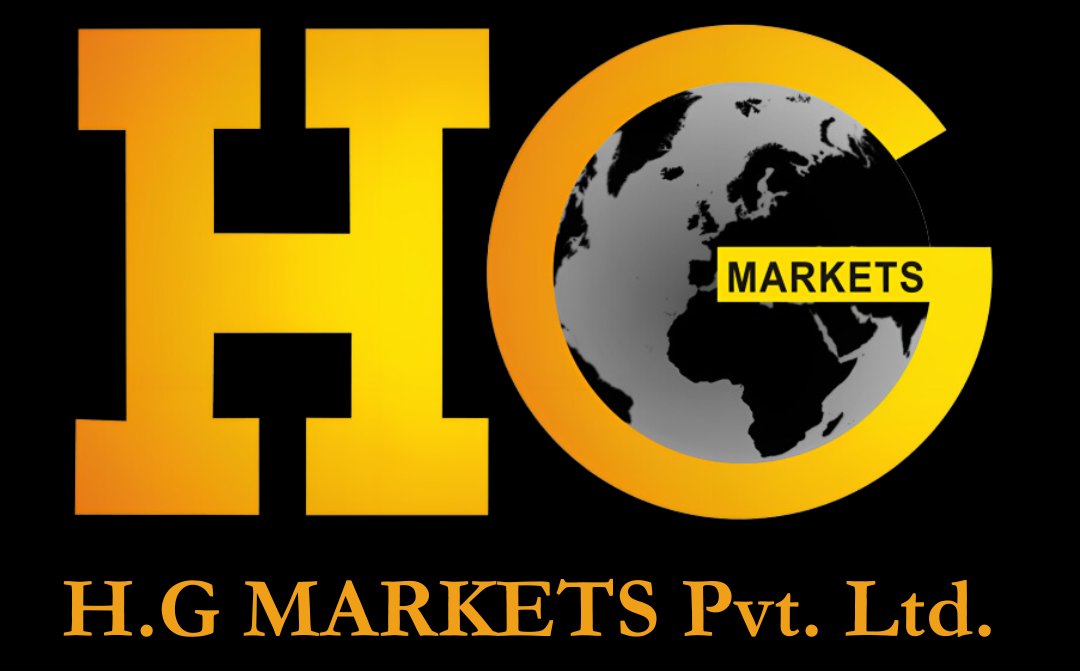Platinum Surge: The Rare Metal Powering Tomorrow's Economy

- rabeelrana
While gold continues to hold its legacy as a store of value, platinum is quietly emerging as a metal of vital utility—one that’s becoming increasingly irreplaceable in global industry. In 2025, the story of platinum is not one of quiet stability, but of surging demand, growing deficits, and deepening supply vulnerabilities.
In China, the world’s largest platinum consumer, demand has surged dramatically. April saw imports climb by 11.5 tonnes—the highest monthly figure in over a year. At the heart of this boom is Shenzhen’s Shuibei Jewellery Market, where the number of platinum jewellery retailers has tripled in a matter of weeks. According to a survey by GSC Commodity Intelligence, local goldsmiths are rapidly pivoting into platinum to keep up with consumer trends, with fabrication wait times reportedly doubling under the pressure of demand.
This demand explosion comes at a time when supply fundamentals are under severe strain. The World Platinum Investment Council projects a deficit of 966,000 ounces for 2025—marking the third consecutive annual shortfall. Physical platinum stockpiles may dip below 2.5 million ounces, which, at current consumption rates, would cover just 2–3 years of global demand. South Africa, the dominant supplier accounting for over 80% of global platinum output, continues to struggle with persistent power shortages, mine closures, and underinvestment, adding to the market’s tightening outlook.
Crucially, over 80% of platinum demand originates from industrial applications. Automotive manufacturing, in particular, is rebounding sharply, with platinum playing a key role in catalytic converters for internal combustion engines. But platinum’s utility is expanding fast—its use in hydrogen fuel cells, chemical catalysts, and green energy systems is growing, positioning it as a core metal in the global energy transition.
Despite this essential industrial role and its extreme rarity—only one ounce of platinum is mined for every 18 ounces of gold—platinum continues to trade at less than half the price of gold. This dislocation between value and utility presents a compelling investment narrative.
In an era of tightening supply, rising industrial relevance, and shifting consumer trends, platinum is not just a metal—it’s the future. Investors and industry players alike are beginning to recognize that while gold may symbolize wealth, platinum delivers the power to build it.
